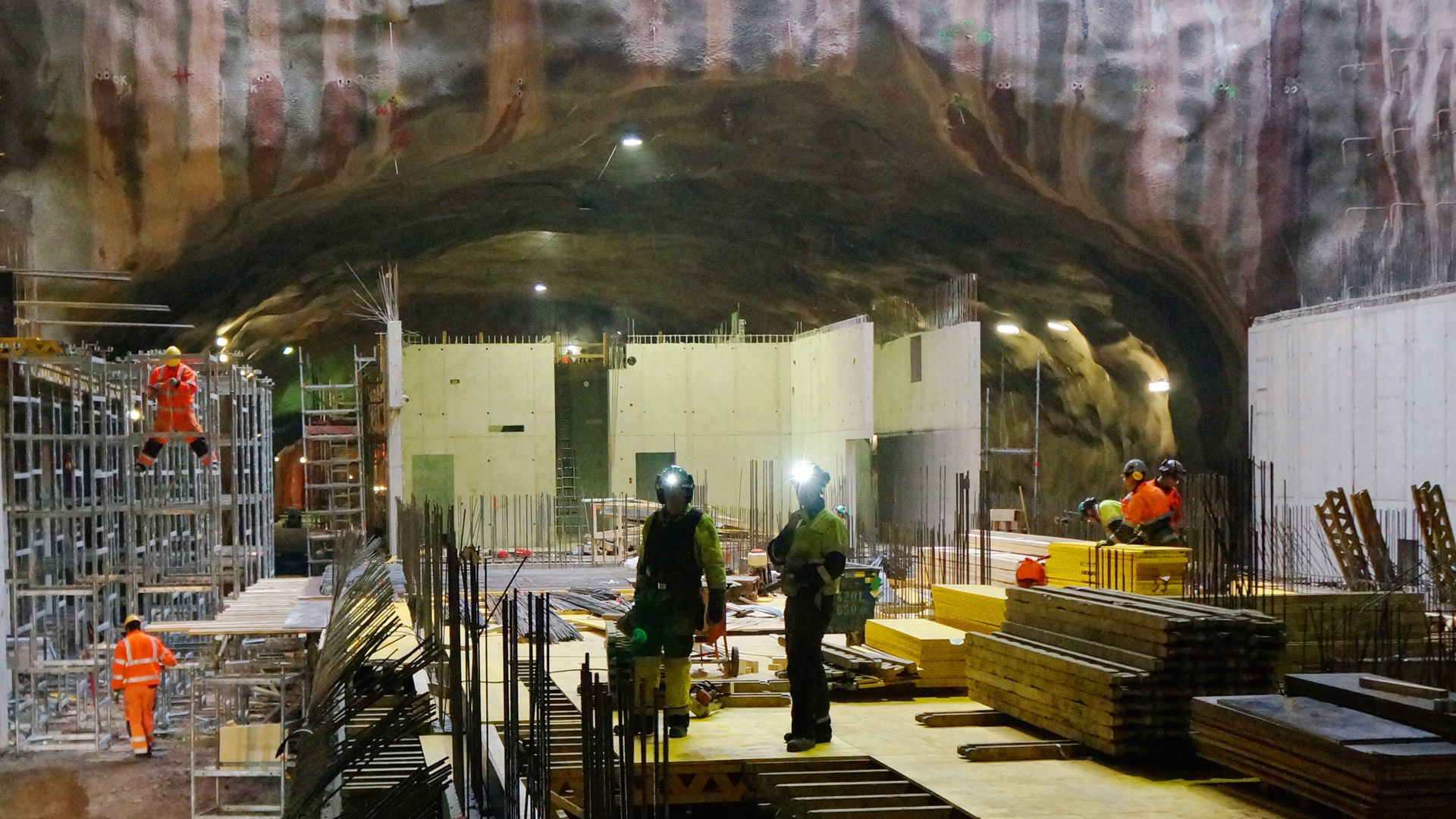A new paper, “Implementing Digital Visual Management: A Case Study on Challenges and Barriers,” discusses situational management in complex infrastructure projects. It’s worth reading for anyone interested in improving project management with digital tools.
A complex infrastructure project
The authors interviewed nine project management professionals who worked for the client on constructing the western part of the Metro in Helsinki and Espoo, Finland. The project lasted eight years and had a budget of 1,200 million euros.
The project used a Digital Visual Management (DVM) tool, and the paper discusses the challenges and barriers faced during the tool’s implementation. At the time of the study, the system was used to manage the final documentation and testing status.
KPI management
The project management team was involved in developing a system for combining collected data into a central dashboard and using it to manage the whole project.
The project’s physical control room had touchscreens displaying selected Key Performance Indicators, updated at 1–2-week intervals, depending on the data source.
The seven KPIs were as follows: the percentage of work planned and completed, the deviation between planned and executed work in percentage, planned and actual costs, health and safety in percentage, and collaborative work in percentage.
The data were collected mainly by on-site project management contractors and a five-member status team. They primarily used spreadsheets and web data, with no software integration or automation of data collection or use of sensors.
The barriers
The implementation of the DVM system was not a smooth ride. The main challenges were
- ICT and tools: a lack of standards for information sharing, the use of several systems to process data, and the use of tools that were not interoperable.
- Data collection and publishing: Manual data input from various systems, outdated data, and an unclear reporting utility.
- Culture and people: Project participants lack trust, data collection is misunderstood, and commitment is lacking. There is also a culture of concealing information from others and resistance to change.
The outcome
Despite initial resistance and implementation challenges, project stakeholders ultimately recognized the benefits of the Digital Visual Management system. After overcoming early hurdles, participants found that the DVM report facilitated information sharing, enhanced project understanding, and increased their situational awareness.
The study emphasizes the need for systems to automate data collection from various project tools and improve platform interoperability. This automation would reduce manual workload, minimize data entry errors, and ensure timely and accurate reporting.
Transparency in data sharing emerged as a crucial factor. The existing culture of mistrust in the construction industry, exacerbated by manual data handling, underscores the importance of open and reliable information exchange.
DVM implementation requires more than just technological solutions. It demands a significant cultural shift within the organization and among project stakeholders. This includes fostering trust, encouraging commitment to new processes, and promoting a shared understanding of the DVM system’s value.
The authors
Ana Reinbold, Eelon Lappalainen, Dr. Petri Uusitalo, Olli Seppänen, and Antti Peltokorpi authored the paper, which was presented at the 32nd Annual Conference of the International Group for Lean Construction (IGLC) in Auckland, New Zealand in July 2024. You can download it at https://iglc.net/Papers/Details/2285.
View the original article and our Inspiration here


Leave a Reply